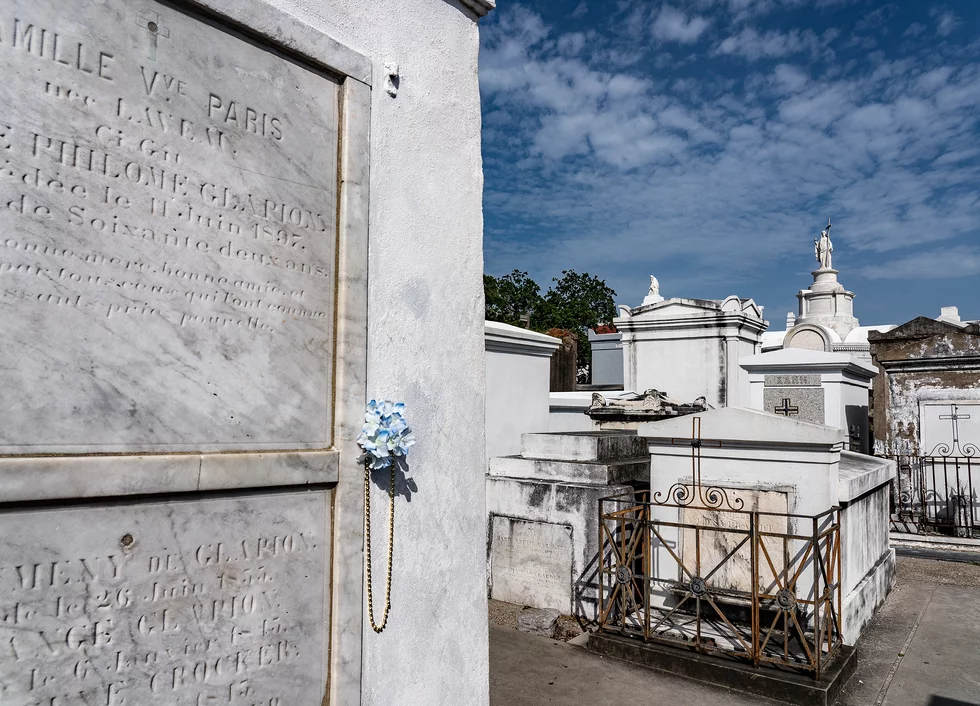Let’s begin by saying we are living through a very dangerous time. The experiential teen tour trips that are presented through Tactileducation are designed to tear down old structures of thinking about history, rather, forming new ideas, new ways to be inclusive and new ways to discuss inequality.
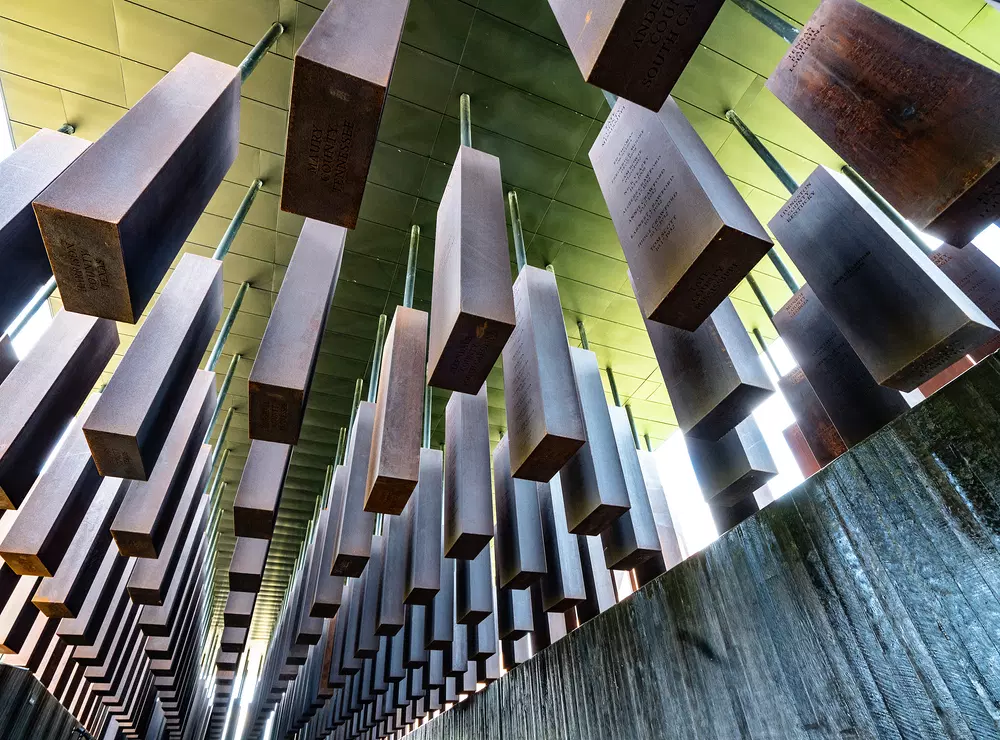
The Deep South educational summer travel program, particularly, is designed to present ideals that offer alternative modes of thinking about America’s historical past, with insight into how past injustices have manifested into present day social divide and racial tension. This experience will give students a way to think about the future that does not mimic the past.

This type of teaching is a way of taking action against injustice, it's a way of seeing the world, while simultaneously, creating a goal where uplifting humanity is at the center of all decisions.
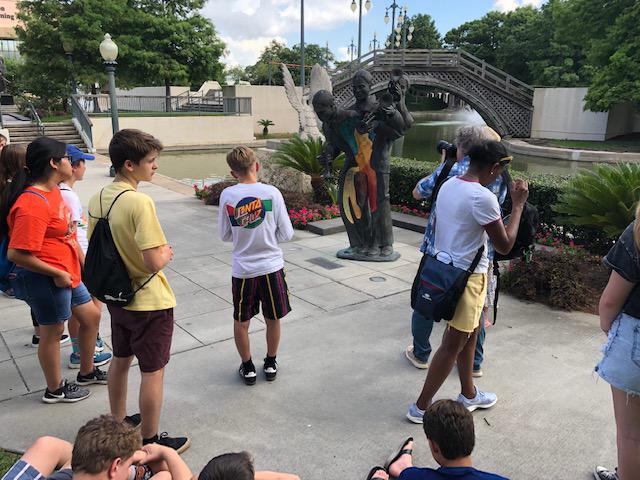
When entering the "Lynching Memorial," which was inspired by the Holocaust Memorial in Berlin and the Apartheid Museum in Johannesburg, South Africa, one could not help but take note of the bronze statues in shackles.
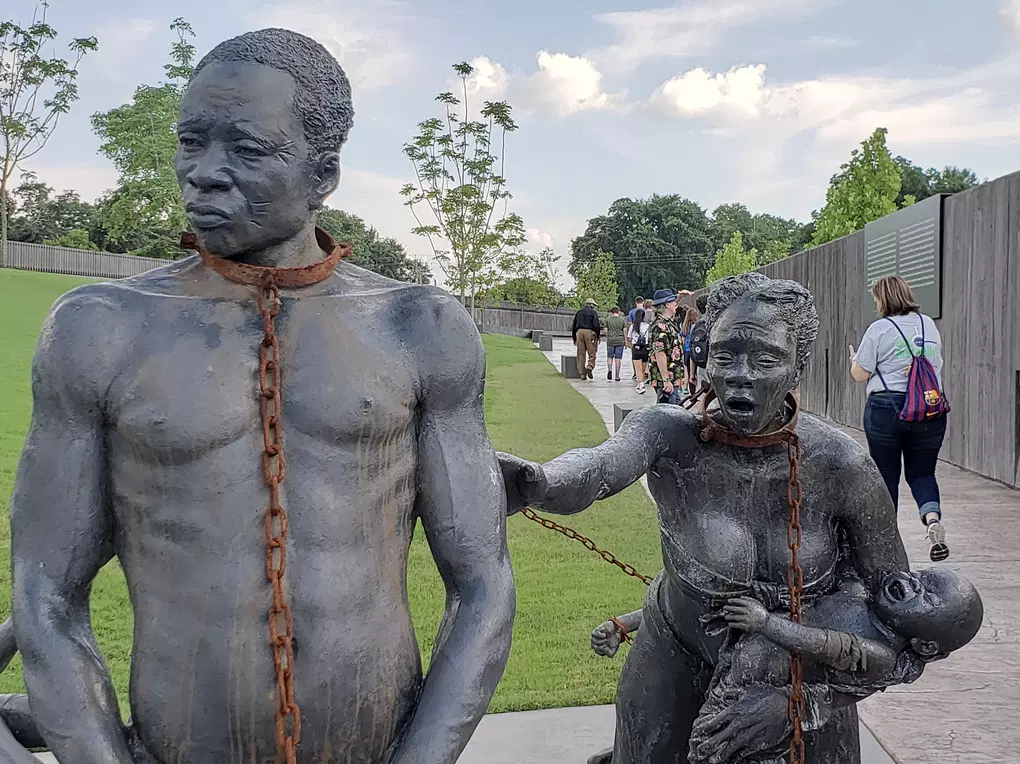
Madame John’s Legacy was built in the late 1700s. Students learn about the various architectural styles from French colonization until after the fire of 1794 that changed the architect of the city to Spanish style dwellings. Madame John’s Legacy house was built in the old Louisiana Creole style, instead of the contemporary Spanish style of the day.
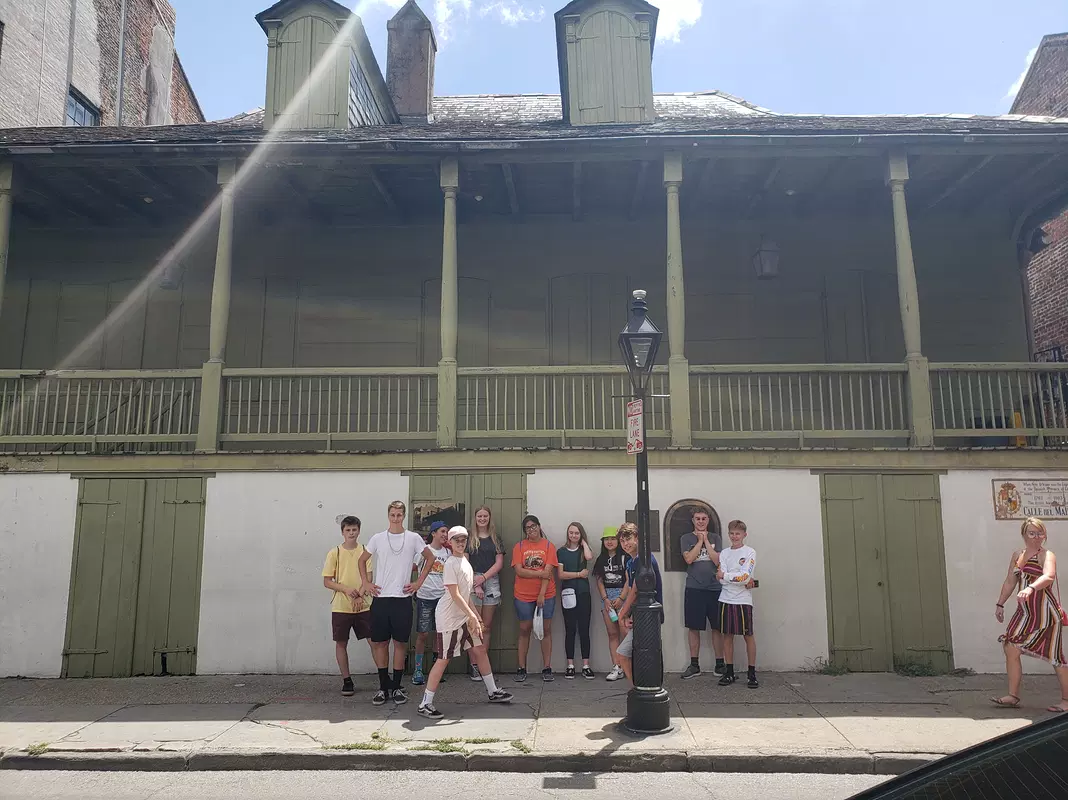
As students walked through the exhibits of The National Museun of Peace and Justice, the Lynching Memorial was an experience that will never be forgotten. Students were asked to pay close attention to the writing on the posts they passed. Each post contained names of the people that were lynched, a state, city or parish, where the reported lynchings occurred.
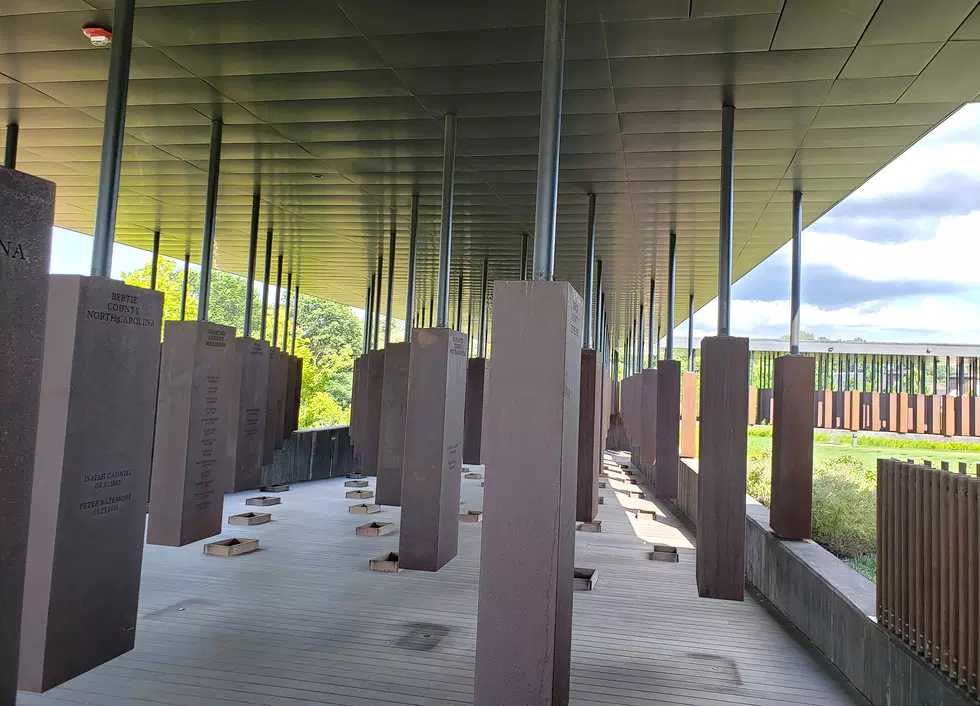
By the end of the fifteen minute walk, students discovered that many of the posts included a short incredulous narrative of why the person was lynched.
"Parks Banks, lynched in Mississippi in 1922 for carrying a photograph of a white woman; Caleb Gadly, hanged in Kentucky in 1894 for “walking behind the wife of his white employer”; Mary Turner, who after denouncing her husband’s lynching by a rampaging white mob, was hung upside down, burned and then sliced open so that her unborn child fell to the ground."
-New York Times
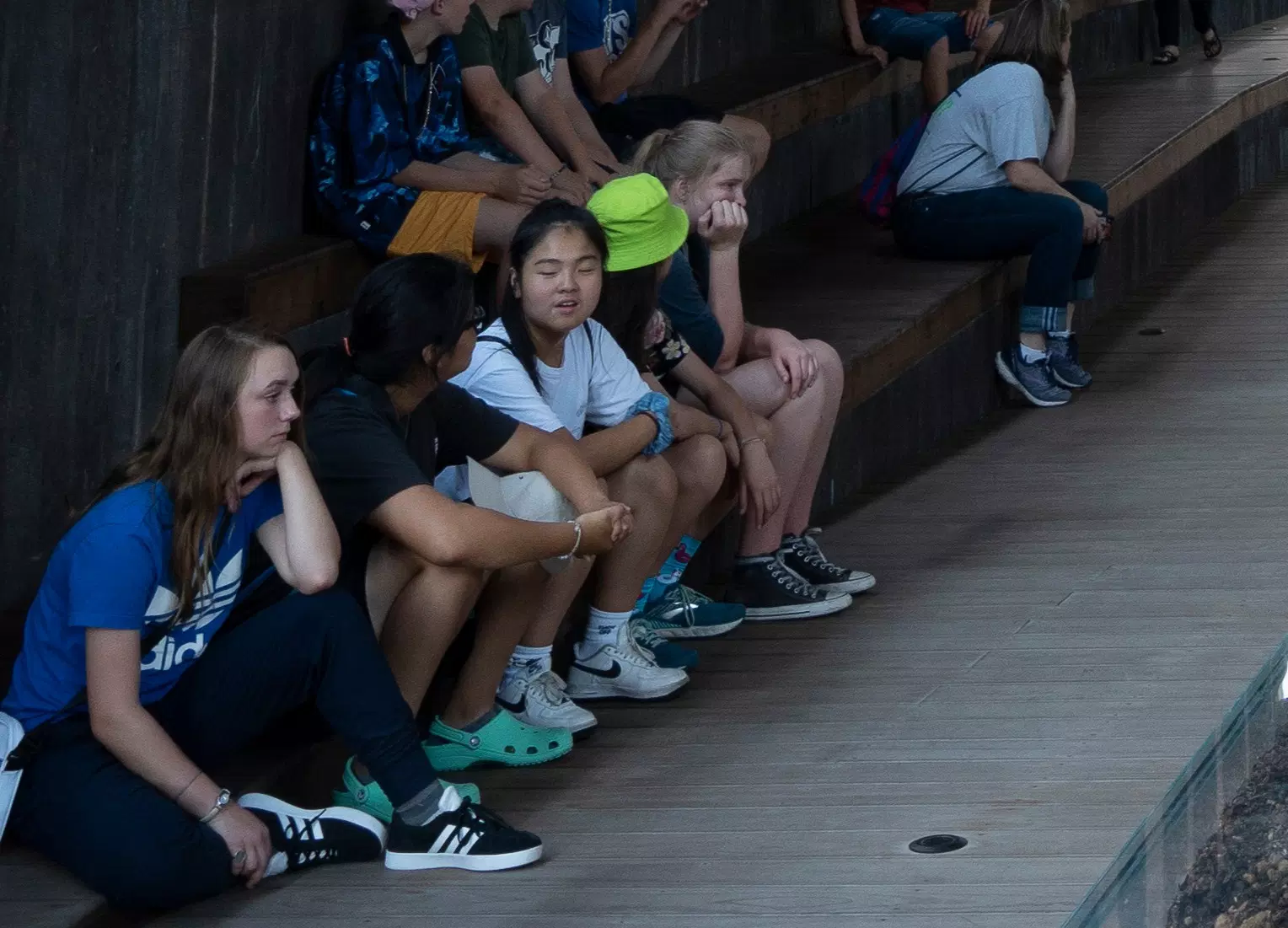
Saint Louis Cemetery
Number One
